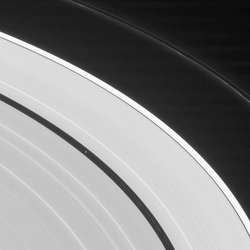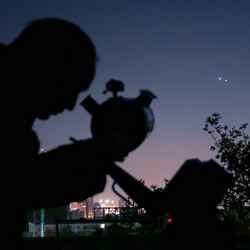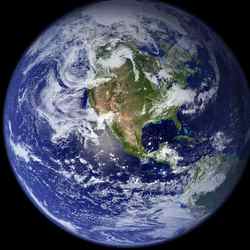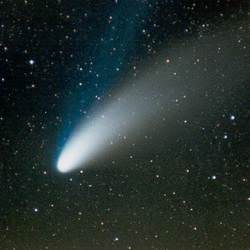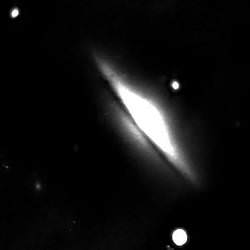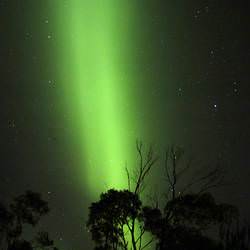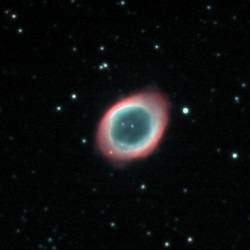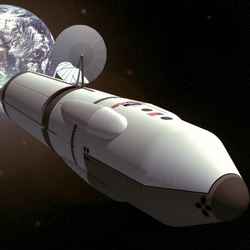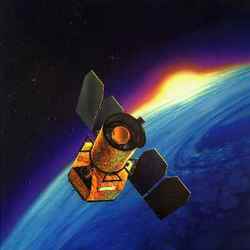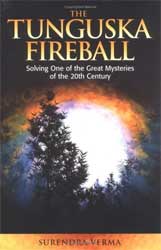
The Tunguska fireball occured in 1908 in the further reaches of Russia. Bright lights, loud sounds and searing heat signalled this event. Cutting edge measuring devices detected anomalies as far away as Britian, while most people of Europe had the pleasure of seeing a fairy tale like night time sky. Years later, some ground explorers loped into action to find a remarkably wide- spread landscape of shattered trees and burnt surfaces. Further, the tress fell in a pattern as to suggest being blown down by an extremely powerful force. However, given the inhospitable climate of the region, the assessment was brief and decades separated subsequent investigators. Further, given the political climate of the times, almost 50 years passed before international researchers arrived. Nonetheless, with the fertile imagination with which humans are blessed, we have taken what information was available, together with our growing cadre of knowledge in astrophysics, to raise a plethora of rationale for this fireball.
Surendra Verma presents his compilation of the events and possible causes in a smoothly flowing and succintly detailed rendition. He begins by repeating the known facts and figures. People, times, and places fill out the background for the reader and stress the challenges in solving this mystery. Much seems to stem from the brevity of facts and the inaccesibility of the region. In a loosely chronological sequence, Verma pins together the details in a fashion more reminiscent of note taking than of novel writing. He appears to stay to the facts and takes little literary excess with hyperbole of either facts or reactions. However, the reader can easily make their own decuctions. For instance, I was fascinated to learn of the small amount of interest shown by the locals. Instead of acknowledging the fireball and learning from it, their response was to treat it as a sort of mythical situation that was better left alone. Nevertheless, given that there always seems to be some overly curious types, people did consider this event and Verma does bring their observations to the fore.
Once he has established this basis, Verma than treats us to the smorgasbord of hypotheses that arose. He doesn’t solve it himself, as suggested by the sub-title. Rather, he seems to have two other purposes. One is to demonstrate that many natural processes give rise to similar effects. People saw lights, heard explosions and felt heat. The source might have been asteroids, comets, nuclear explosions, anti-matter, mirror matter, black holes, aliens, and so on. The other purpose he provides is to discuss the natural processes themselves. These tidbits will keep the up and coming scientiest curious for many pages. Verma usually isolates each process in individual chapters. As an example, the chapter on asteroids discusses their typical composition, locations within in our solar system and frequency of striking planets. Occassional asides mention the possibility of a companion star for our sun that occasionaly redirects asteroids toward Earth. At the book’s end, Verma does sum up the data and selects his most likely suspect, just like the second last chapter in a mystery novel.
With the combination of scientific and historical background, Verma presents an easy to read treatise on both the fireball and on physical phenomena that could cause such a huge effect upon the flora and fauna on the Earth. Sometimes the description of the science seems to overshadow the event. For instance, a large section describes the extinction of dinosaurs. True, this extinction event, in ways, is just as mysterious as the fireball. However, asteroids and comets were already discussed. The discovery of the Chicxculub crater and its implications seems superlative to the main theme. Given the scarceness of data, there is no surprise on this relative emphasis on the science.
The fireball that blew into Russia’s north may be due to an understood physical event. However, as Surendra Verama shows us in his book Tunguska Fireball we are not exactly sure which event. Much in its history remains obscure, while each of many popular hypotheses rely on contradictory points. Nevertheless, as with any good mystery, there are lots of suspects and enough questions to keep contemplating and enjoy perusing within.
Review by Mark Mortimer
Read more reviews online, or purchase a copy from Amazon.com.

